How to Use Worm Castings in Potted Plants
Worm castings, also known as vermicompost, are the organic waste produced by worms as they digest organic matter. They are highly rich in nutrients and beneficial microbes. Using them in container gardening can help improve soil fertility, drainage, moisture retention, and aeration.
Unlike traditional compost, worm castings are absorbed into the soil immediately, making nutrients available to the potted plants right away. Further, they do not burn the plants when more than the recommended amount is used and can also protect plants against diseases.
Read on to learn how you can use worm castings to improve the health of your potted plants including cacti and other succulents.
How to use worm castings in potted plants
There are several ways to use worm castings in potted plants.
- Choose high-quality worm castings from a reputable source. You can buy them from a local nursery or at an online retailer. Making your own worm castings is also an option if you are willing to put in some time and effort.
- If you’re starting with a new potting soil, mix in worm castings to enhance its fertility. Use a ratio of 1 part worm castings to 3 part potting mix and thoroughly mix them to blend.
- For the existing potted plants, you can apply worm castings as a top dressing. Gently remove the top layer of soil in the pot without disturbing the plant’s roots and sprinkle a thin layer (about 1/4 to 1/2 inch) of worm castings over the exposed soil, covering the root zone of the plant.
- If you prefer, you can mix the worm castings directly into the potting soil. Use a trowel or a small garden fork to work the worm castings into the top few inches of the soil without damaging the roots.
- Water your potted plants thoroughly after applying or mixing the worm castings. This helps the worm castings to settle into the soil and release nutrients quickly to the plant roots.
- Repeat the application of worm castings after every two months. Worm castings last only a few days in the soil to break down completely. Repeat application will ensure a slow-release source of nutrients for your plants over time.
You can also make worm-casting tea by steeping worm castings in water for 24 hours. This tea can then be used to water your potted plants. In fact, worm-casting tea will provide nutrients instantly to the plant roots.

How much worm castings per gallon of soil?
The recommended amount of worm castings per gallon of soil can vary depending on the specific needs of your plants.
For seed-starting or young plants, mix about 20 ounces of worm castings for every gallon of soil. Increase the number of worm castings to 35 ounces per gallon of soil when fertilizing established potted plants.
Here are some additional tips for using worm castings:
- Do not use worm castings that have odors. Fresh worm castings should have a pleasant earthly smell.
- Be sure to store worm castings in a cool, dry place. Place them in a bucket that is not completely airtight. You may drill some holes into the lip for proper airflow.
- Use worm castings as soon as possible after purchase. However, with proper storage, worm castings can last up to 6 months or more.
- Do not use worm castings as a substitute for regular fertilizer. Worm castings don’t have all the nutrients the plants need, so you need to fertilize your plants as normal.
Also Check: Christmas cactus fertilizer requirements
Disadvantages of worm castings
Here are some of the disadvantages of worn casting:
- Worm composting and harvesting is a slow process, so it takes time to produce enough worm castings for a large garden.
- Worm castings might contain bacteria, weed seeds, and other harmful pathogens. The reason why you should order from a reputable supplier or retailer.
- Worm castings are more expensive than other types of fertilizer, including synthetic fertilizers or compost.
Final Thought
Worm castings are highly valued in gardening due to their numerous benefits. They contain nutrients in a form that is readily available to the plants. Worm castings contain nitrogen, phosphorus, potassium, calcium, magnesium, and trace elements that can instantly promote the health of plants.
Using worm castings also improves soil drainage, aeration, and moisture retention. This promotes healthy root growth without problems of rot or fungal infections. To use worm castings, you can mix them directly into potting mix, use them as a topdress or make tea out of them.
References
University of Florida – Vermicomposting
https://sfyl.ifas.ufl.edu/lawn-and-garden/vermicomposting/
North Carolina’s Compost Learning Lab – BioCycle: The Organics Recycling Authority
My name is Diane M Lewik, and I am the founder of this website. I am a degree holder in plant biology from the University of California – Berkeley. Over the years, I have cultivated a vast collection of succulents and I have learned a great deal about how to grow and care for these unique plants. Feel free to ask any questions in the comment section below.
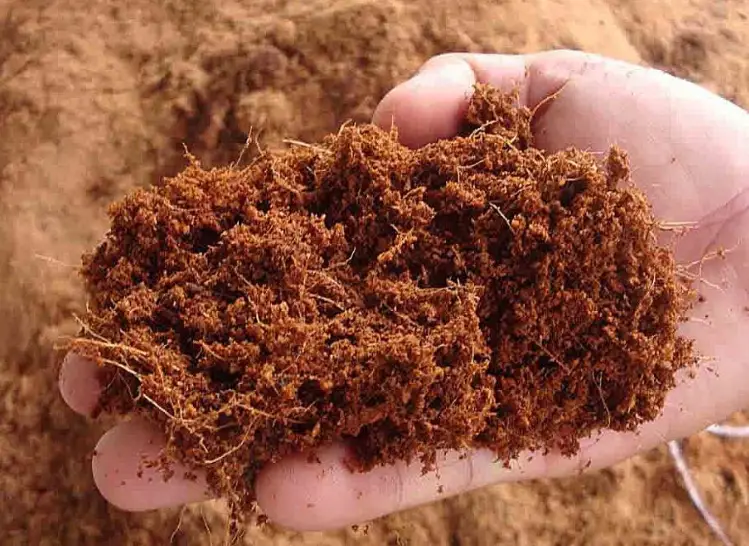
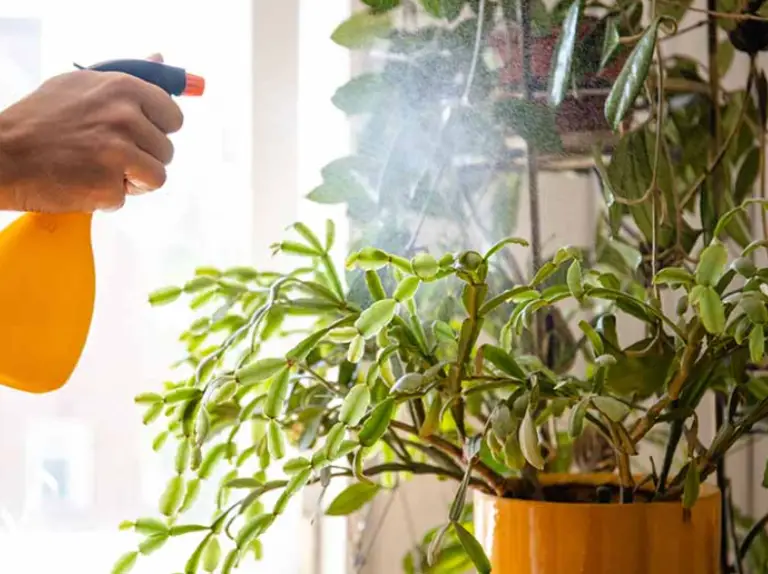
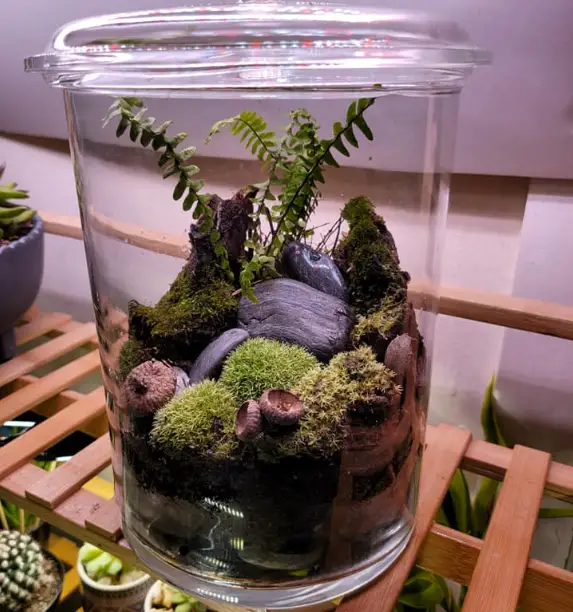
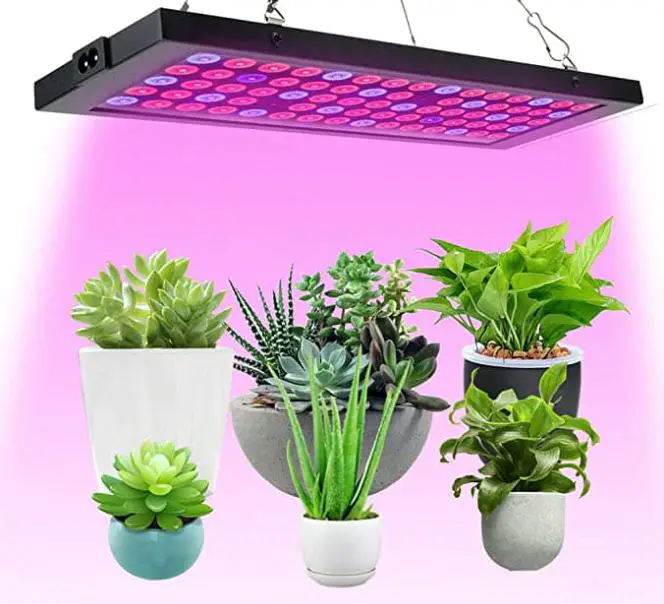

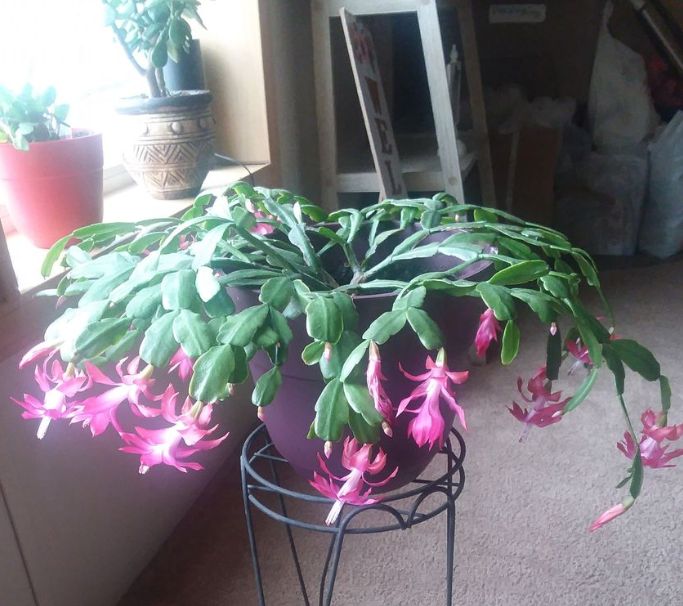
Размещение видеокамер обеспечит контроль помещения на постоянной основе.
Продвинутые системы обеспечивают четкую картинку даже в ночных условиях.
Наша компания предоставляет множество решений систем, подходящих для бизнеса и частных объектов.
установка видеонаблюдения под ключ цена
Качественный монтаж и сервисное обслуживание делают процесс максимально удобным для каждого клиента.
Обратитесь сегодня, для получения лучшее решение для установки видеонаблюдения.